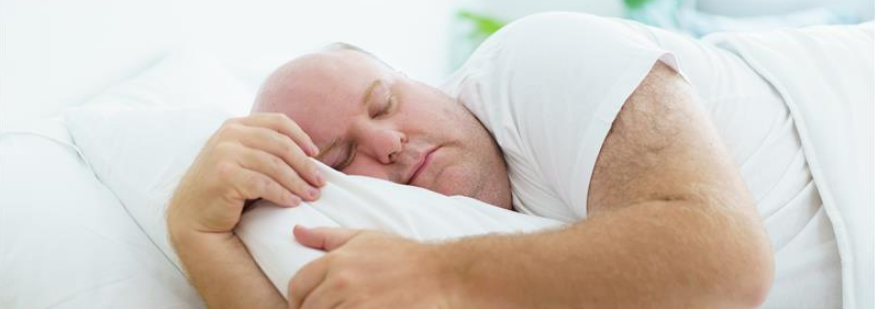Tips for Comfortable Sleep Therapy
Continuous Positive Airway Pressure (CPAP) therapy is a life-changing treatment for individuals with sleep apnea, offering relief and reducing the risk of severe health conditions. However, some CPAP users encounter an unexpected issue – hair loss caused by the headgear. This blog post explores the reasons behind CPAP-related hair loss and provides practical tips to prevent it, ensuring a comfortable and effective sleep therapy experience.
"Simple changes to your routine can make a big difference when it comes to both caring for your hair and effective therapy. Don't let hair loss detract from the benefits of CPAP therapy – implement these tips to achieve a restful night's sleep and maintain your hair," says Robert Miller, Apria's Vice President of Sleep Business.
Understanding CPAP-Related Hair Loss
Hair loss associated with CPAP therapy typically stem from three main reasons:
- Traction alopecia: Gradual hair loss due to constant pulling or tension from tight CPAP mask straps.
- Friction and pressure: Tight straps can cause hair breakage by rubbing against the scalp.
- Reduced blood flow: Overly tight headgear can restrict blood flow to the scalp, weakening hair follicles that ultimately leads to brittle hair.
Tips to Prevent Hair Loss
- Adjust strap tension: Ensure straps are snug but not overly tight to avoid pulling or discomfort. Reach out to one of Apria's respiratory therapists to assist you with finding the optimal fit.
- Replace worn-out masks: Regularly replace masks to maintain proper function and prevent over-tightening due to deteriorated materials.
- Use a silk bonnet: Protect hair from snagging and friction by wearing a silk bonnet underneath the headgear.
- Add padding: Consider adding padded sleeves to your headgear straps for added comfort and hair protection.
- Keep hair loose: Avoid tight ponytails or buns that stress hair follicles, opting for a loose hairstyle instead.
- Explore different mask types: Consult with your healthcare provider about mask options designed to minimize hair pulling, such as masks with slimmer straps or alternative designs.
- Maintain headgear cleanliness: Regularly clean headgear to prevent oil and grime buildup, which can clog hair follicles.
- Gentle hair care routine: Use mild hair care products and avoid harsh chemicals or excessive heat styling that can damage hair and exacerbate hair loss.
Hair loss from CPAP headgear is a common concern for sleep therapy users, but it can be mitigated with proper prevention strategies. By adjusting strap tension, replacing worn-out masks, and incorporating protective measures such as silk bonnets and padding, individuals can enjoy comfortable and effective CPAP therapy without compromising their hair health. Prioritizing a gentle hair care routine and exploring alternative mask options can further enhance the overall sleep therapy experience. Don't let hair loss detract from the benefits of CPAP therapy – implement these tips for a restful night's sleep and healthier hair.
.jpg?width=1120&height=376&name=AD-EmailBanner-TopSellingComfort_03.19.24%20(2).jpg)
References
“8 Simple Ways to Protect Your Hair When Using CPAP.” ResMed, November 1, 2023.
Devore, Nate. “CPAP Hair Loss: 5 Ways to Save Your Hair When Using a CPAP Machine.” CPAP.com Blog, August 31, 2022.
Suni, Eric. “Troubleshooting CPAP Problems.” SleepApnea.org, June 6, 2023.
“Understanding CPAP-Induced Hair Loss: Causes and Prevention.” CPAPnation, February 7, 2024.
Washington, Brittany. “How to Protect Hair While Wearing a CPAP?” Sleep Apnea, October 14, 2022.
LEGAL DISCLAIMER: Material in this newsletter is provided for general health education and informational purposes and to provide references to other resources only; it may not apply to you as an individual. While Apria Healthcare believes that the information provided through this communication is accurate and reliable, Apria Healthcare cannot and does not make any such guarantee. It is not intended to be a replacement for professional medical advice, evaluation, diagnosis, services or treatment (collectively, “medical treatment”). Please see your healthcare provider for medical treatment related to you and your specific health condition(s). Never disregard medical advice or delay seeking medical care because of something you have read on or accessed through this website. Reading this newsletter should not be construed to mean that you have a healthcare provider/patient relationship.

.png)


.png)
